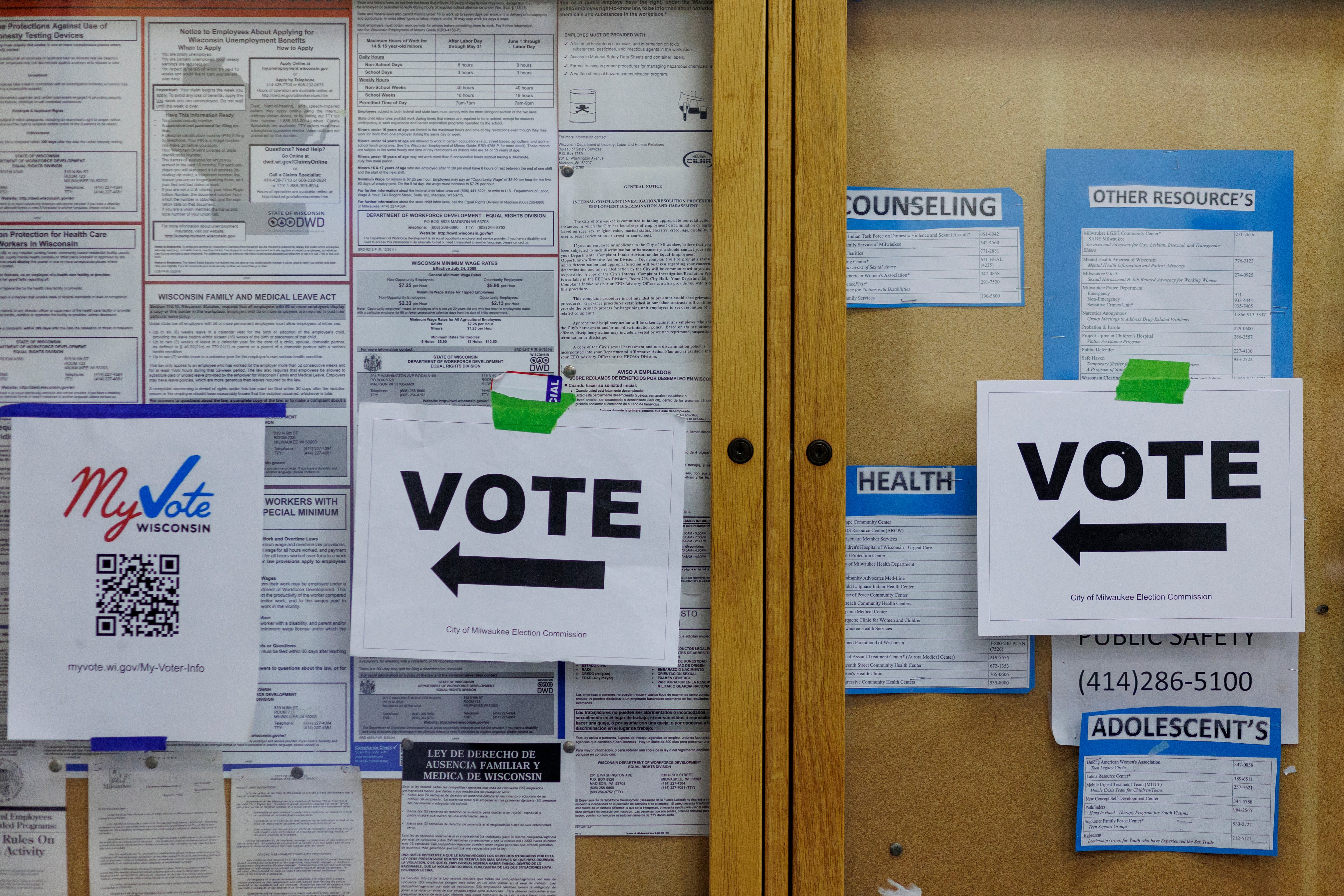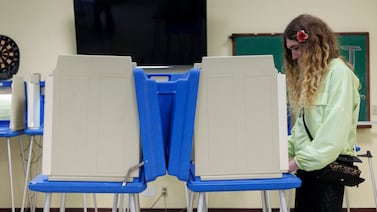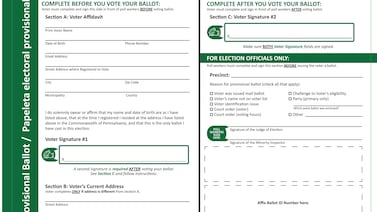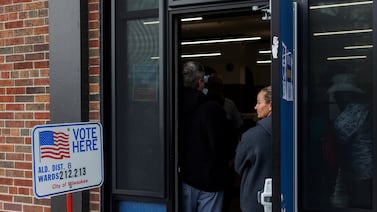Votebeat is a nonprofit news organization reporting on voting access and election administration across the U.S. Sign up for Votebeat Wisconsin’s free newsletter here.
Wisconsin Republicans want to require that all proposed constitutional amendments come with a plain-language explanation, a move that they say would help voters better understand complex ballot questions.
The proposal has drawn broad support. But some lawmakers are concerned about whether the measure as proposed would leave the interpretation of ballot questions vulnerable to partisanship. And even some supporters say the bill should have more specific standards for what constitutes plain language.
In its current version, the bill calls for the Legislature to pass a plain-language explanation along with any proposed constitutional amendment. The explanation would be drafted by the Legislative Reference Bureau, a nonpartisan legislative agency that helps draft bills, but legislators would be able to revise it. Neither the explanation nor the amendment would be subject to a governor’s veto.
The proposal has the support of a wide swath of voting organizations: The ACLU of Wisconsin, City of Madison, League of Women Voters of Wisconsin, All Voting Is Local Action and Common Cause in Wisconsin are all registered in support of it. No group has registered in opposition.
“Most of our voters do not have law degrees to interpret many of these questions,” Republican state Rep. Jerry O’Connor, the bill’s author, said at a June 3 public hearing before the Assembly Elections Committee. “It leaves individuals unprepared to really make an informed decision.”
But Republicans and Democrats expressed concern at the hearing that the bill, as written, gives too much control of the process to the legislative majority.
O’Connor maintained that crafting the explanation should ultimately be the Legislature’s responsibility. He didn’t respond to Votebeat’s request for comment.
Proposal leaves plain language undefined
States that require plain-language summaries of their ballot proposals vary widely in how they craft them. Oregon uses a demographically representative citizen panel. Arizona leaves it to a legislative council controlled by the majority party.
The drafting process is often contentious, and litigation over fairness is common, said Thomas Collins, executive director of the Arizona Citizens Clean Elections Commission.
There’s no gold standard for laws on plain-language explanations, said Michael Blasie, an expert on the subject and an associate professor at Seattle University School of Law. Regardless of who writes the explanation, he said, the key is user testing: giving drafts to readers and checking whether they understand them as intended.
The Wisconsin bill doesn’t require that. Without testing and feedback, Blasie said, the bill is a positive step but won’t have a meaningful impact unless it’s followed by further reforms.
There are about 1,100 plain-language laws across the country at the federal, state and local level, including in Wisconsin, Blasie said. Some of them broadly require jurisdictions to provide plain-language explanations of proposals; others are more specific, defining criteria like sentence length or prohibiting passive voice.
The Wisconsin proposal falls into the former category, requiring plain language without defining what that means, or how to enforce it. That’s a common approach and allows for more flexibility, Blasie said.
“You can adapt as the needs of voters in Wisconsin change,” he said.
“The downside is drafters really have no specific guidance and no way of knowing whether they have met that standard,” he said.
One of the groups that registered in support of the proposal, Disability Rights Wisconsin, urged lawmakers to include a standard to determine what constitutes plain language.
Concerns over changing who writes explanations
Under current law, it’s up to the Wisconsin attorney general’s office to write the explanations of constitutional amendment proposals voters see on their ballots. This bill would eliminate that role.
State Rep. Scott Krug, the Republican vice chair of the Assembly Elections Committee, said the explanations that come out of the attorney general’s office are often confusing. Some are written at a 12th-grade reading level, whereas plain-language guidelines typically call for writing them at an eighth-grade level.
Green County Clerk Arianna Voegeli, a Democrat, acknowledges that the current system needs improvement. But she said doesn’t support the bill as written, arguing that a partisan body like the Legislature can’t produce what should be a neutral explanation for voters.
“It’s almost certain that whoever is in the majority trying to pass this legislation is going to craft it in a way that leans towards the outcome that they’re desiring, Republican or Democrat,” she said.
Alexander Shur is a reporter for Votebeat based in Wisconsin. Contact Alexander at ashur@votebeat.org.






